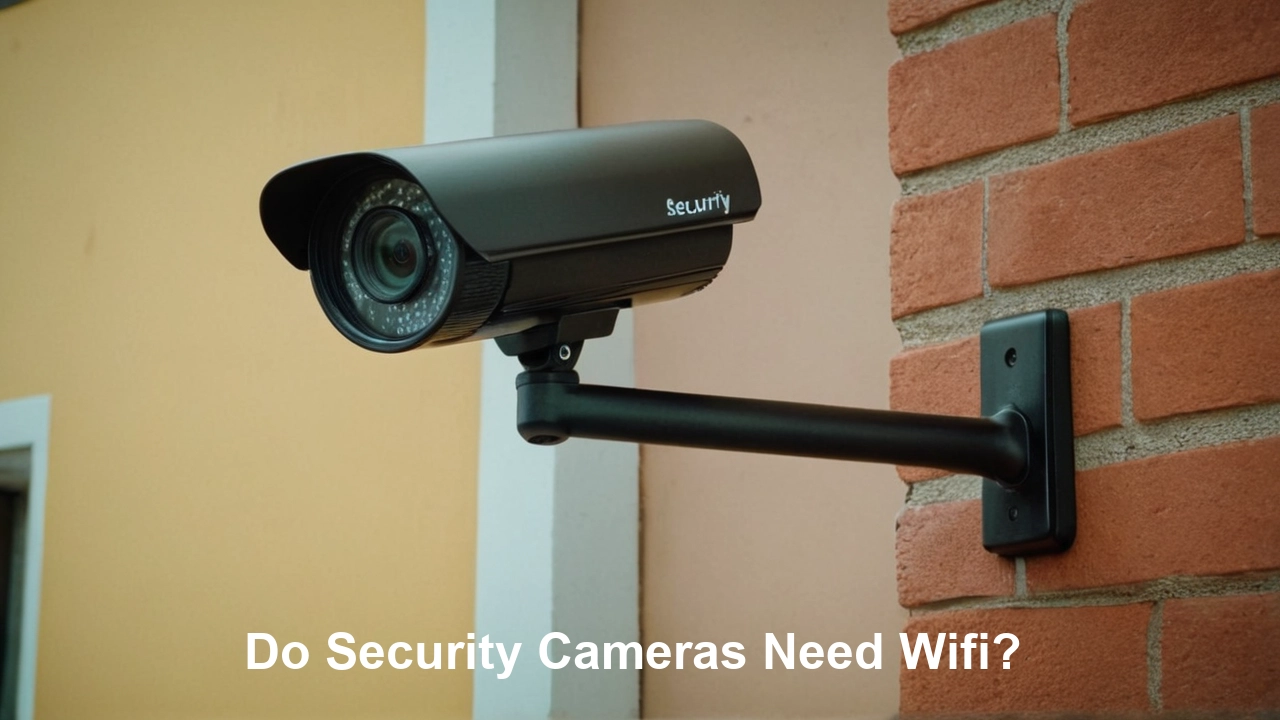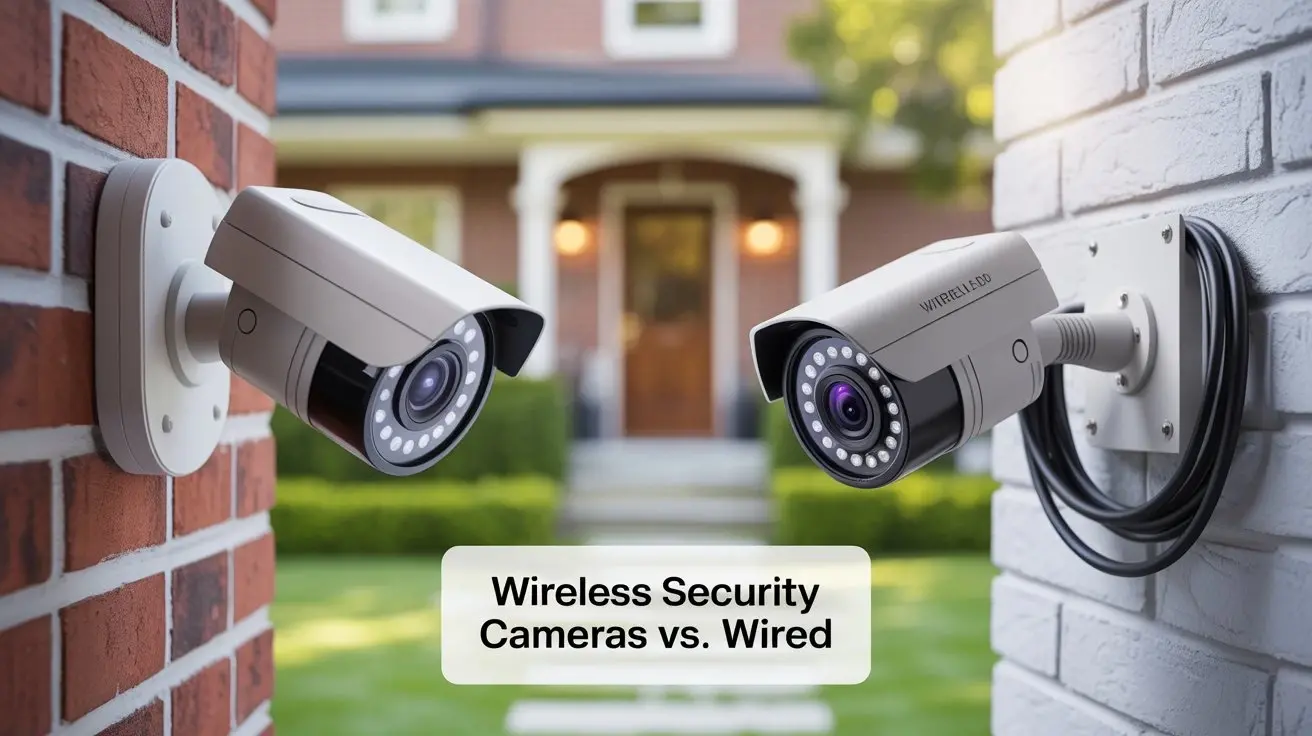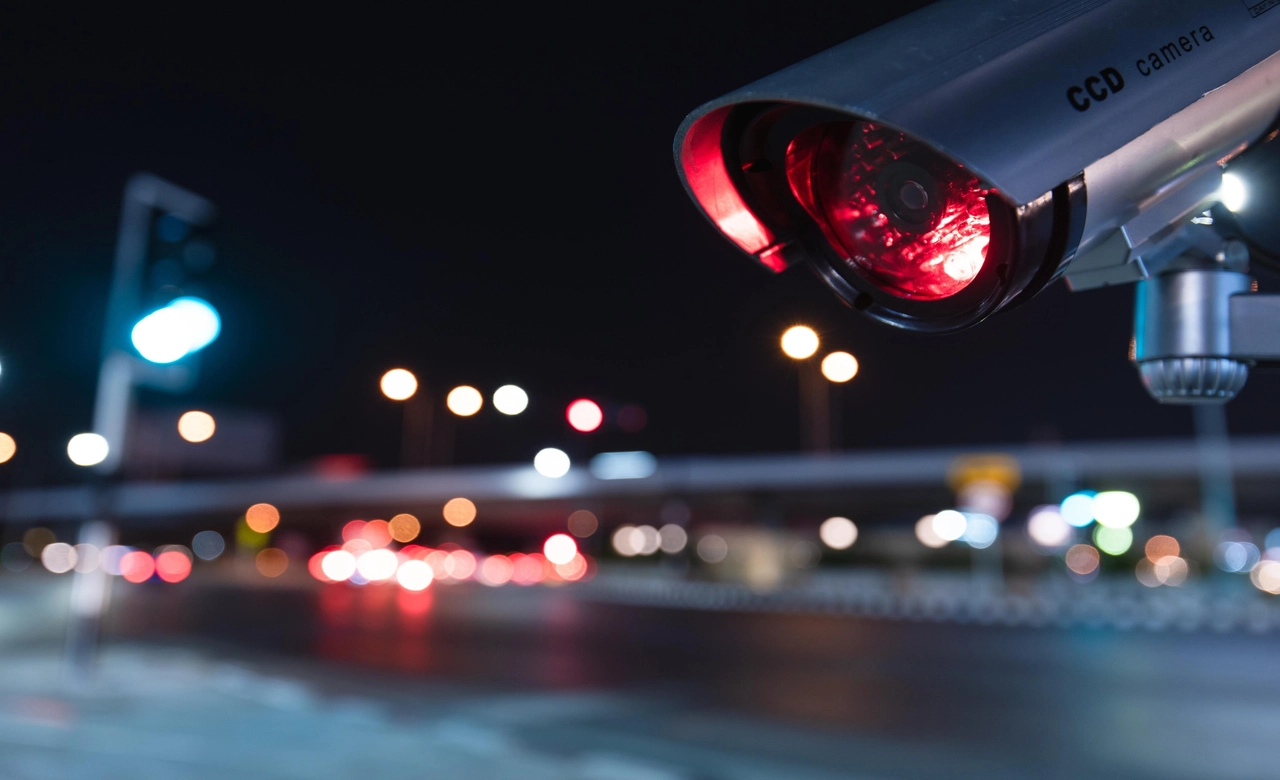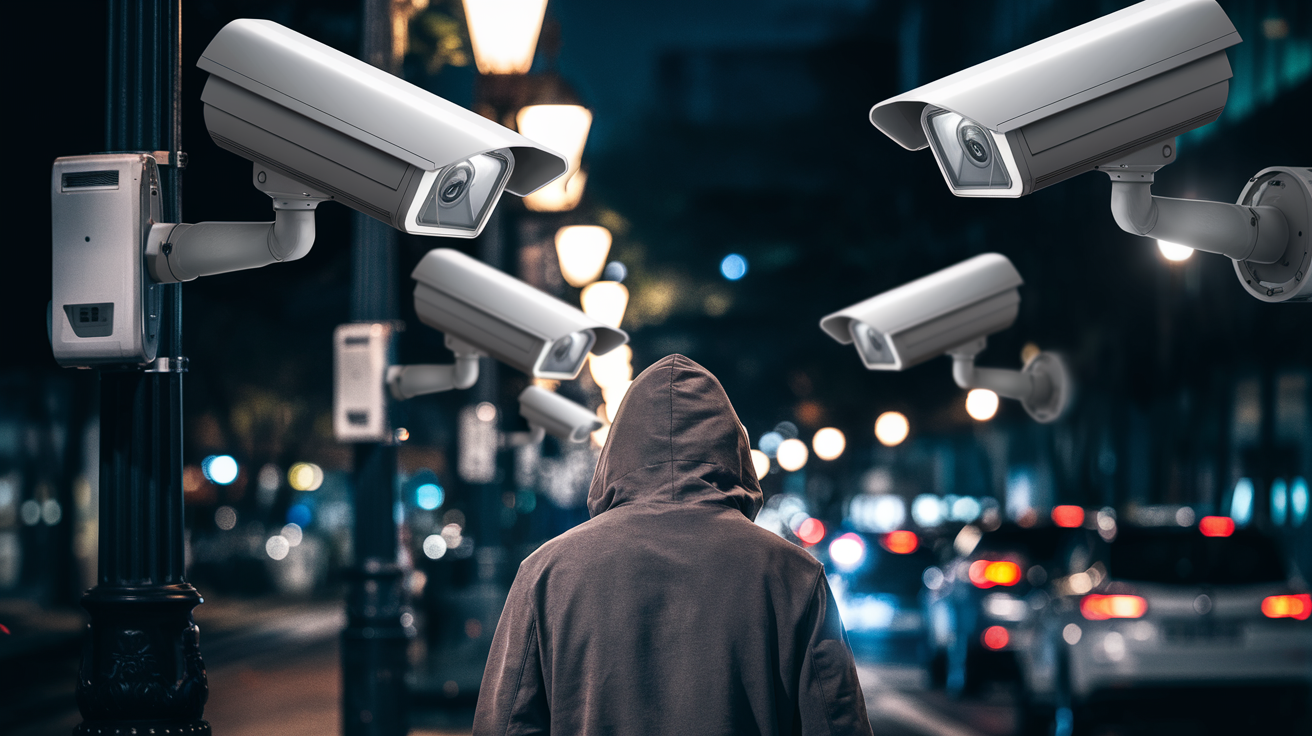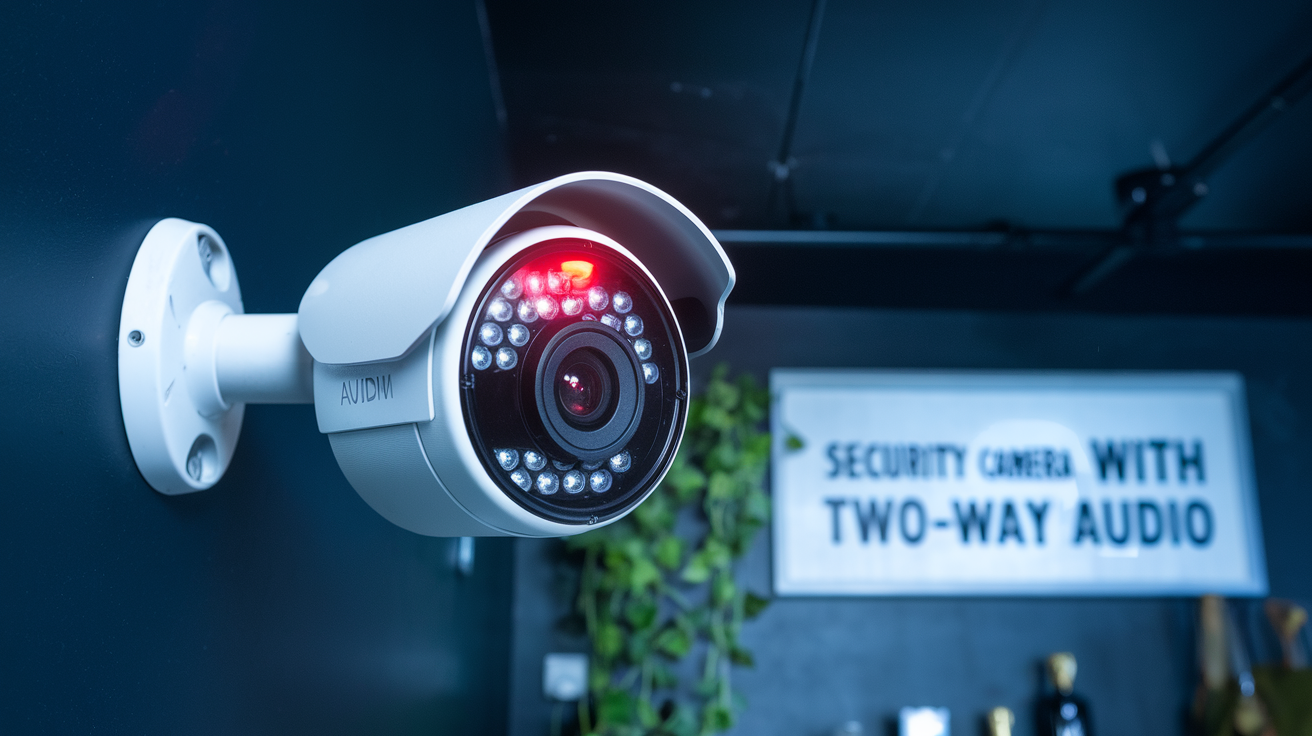Does a Security Camera Require WiFi?
Security cameras are one of the most common methods people within homes and businesses use to protect their premises from criminal activities. Since people are constantly connected to the Internet today, many security cameras in today’s markets come with WiFi capabilities for installation, remote control, and configuration. However, WiFi is not a necessity when it comes to security cameras. Its advantages and disadvantages of using security cameras that require WiFi connection as opposed to cameras that store their footage to SD cards or hard drives, which do not require internet connection.
Advantages of WiFi Security Cameras
Accessibility of the Site and the Extent of Centralization Another is that WiFi security cameras are very easy to install in most homes and businesses because you don’t need to install Ethernet wiring or cables to connect the cameras to a network. WiFi security cameras do not require direct physical connections to the surveillance area and can be installed anywhere within the home or office that has access to power. Using WiFi you also have the ability to control your security cameras from anywhere in the world with your smartphone, computer or tablet by either seeing live feed or rewinding to view recordings. This makes it easier to monitor your cameras and to check what is happening at your property even when you are not around.
Cloud Storage and Video recording Most WiFi home security cameras on the market today include or are compatible with cloud storage solutions for recorded footage. These are options such as Amazon AWS, Google Drive, Dropbox as well as storage on the cloud servers of the camera manufacturers. All the videos are stored in the cloud so you do not require any other storage device and the cloud systems have been made very reliable and backed up. Also using cloud systems makes it easy to access your saved videos as you can do so from different devices through apps or web interfaces. Majority of cloud camera services have different subscription plans that will allow users to store different amounts of data in the cloud.
Smart Home Connectivity Smart home WiFi security cameras connected with Alexa, Google Nest or Homekit are typically more versatile in terms of connectivity with other smart devices. Smart cameras can connect with smart doorbells, smart locks, smart thermostats, and smart lighting to enhance home automation and home security and management. For example, a smart security camera with Alexa compatibility can be voice operated and controlled by an Amazon Echo Show or can set up routines and alarms if it detects movement or individuals. Smart WiFi cameras can be said to be a convergence of home monitoring and control since they are designed to operate independently.
Disadvantages of WiFi Security Cameras
There are challenges such as connectivity and power reliability issues. Nevertheless, there are several disadvantages in solely depending on WiFi connectivity of WiFi cameras, though these WiFi cameras have various conveniences. It can lead to connection issues or fluctuations in the connectivity if the cameras are placed a considerable distance from the WiFi router. Further, power outages imply that the WiFi system itself would be off, and the cameras would have no connection at such a time, even if they had batteries. This also means that the feeds cannot be accessed remotely when there is no internet connection until the connections are re-established.
Possible cyber attacks and data breaches This implies that anything that connects to the greater internet poses the risk of compromised data security. From time to time, there have been stories of hackers being able to access feeds from WiFi cameras that are not adequately secured. Sometimes it is possible to gain access to the device or password, or other such factors make it possible to get unauthorized access to the same. That is why it is still an issue manufactures have to look into while it is something users have to deal with. Many cheaper consumer WiFi cameras also still do not have encryption options for transmitted stored data causing privacy concerns.
Necessity of the Robust Home Networking This is because every WiFi device attached to any home network such as cameras, doorbells, appliances and many more implies that more bandwidth is used leading to lagging or poor performance. Internet packages that are of lower capacities cannot allow so many video streams at once especially the immensely demanding stream feed such as 4K. Users have to upgrade home networks with new routers, mesh systems and broadband plans where required. This is especially true in older homes where it may require professional help to lay or update network cabling when establishing multiple WiFi cameras.
WiFi Security Cameras: WiFi security cameras are one of the most popular home security solutions because WiFi allows for easy installation and ease of use.
Wired PoE IP Cameras Another highly recommended WiFi cameras substitute is wired PoE (Power over Ethernet) IP security cameras. These cameras are wired directly to a home or office network through Cat 5 or Cat 6 ethernet cable wiring which provides dedicated camera bandwidth and power over the same wires. Recording and storing of video footage is done at the site using Network Video Recorders (NVRs) that reduces almost all the connectivity problems. While PoE camera systems are relatively easy to use, the installation process is complex, and you need professional assistance; however, they provide enterprise-grade reliability and performance after installation.
Analog and DVR Security Systems The previous generation security system involved the use of Co-axial cables to connect CCTV cameras to centralized DVR boxes to capture and store videos. Despite the fact that analog systems do not have remote access or streaming, they are still very reliable systems for on-site security. Analog systems are also easy for do-it-yourself installers because they only require connecting cameras to outlets and DVRs without intricate IP network configurations necessary. The only disadvantage however is that the recordings are not as easily accessible as in the case of cloud connected cameras.
Locally Recording WiFi Cameras There are also a few WiFi home security cameras that while are connected to the internet, can also record directly and save it to SD cards or USB drives that are connected to the cameras. Thus, such cameras continue recording events even if WiFi or internet is lost momentarily, for instance. This means that locally stored footage can be reviewed once connectivity has been resumed. Nevertheless, using them remotely depends on the availability of efficient internet connection. In combining some of the qualities of both WiFi IP cameras as well as locally recording analog cameras, this model presents a good compromise. However, review of recordings may still require physical presence of the relevant individuals.
Conclusion WiFi connectivity has a number of very attractive advantages for Home monitoring such as the location versatility, remote control and combined functionality with other smart devices. But there are some scenarios where some completely offline cameras would need to be even more reliable, or where reliance on wired connections alone would be preferable to wireless connectivity. Fortunately, there are both complex professional security systems available on the market as well as more simple consumer’s security DIY options available today corresponding to the need and wallet. In the end, priority usage, installation environment as well as cost of each user will define whether standalone Wi-Fi capabilities are adequate or whether other upgrades such as wired backup, local recording or even analog systems are still favorable.
